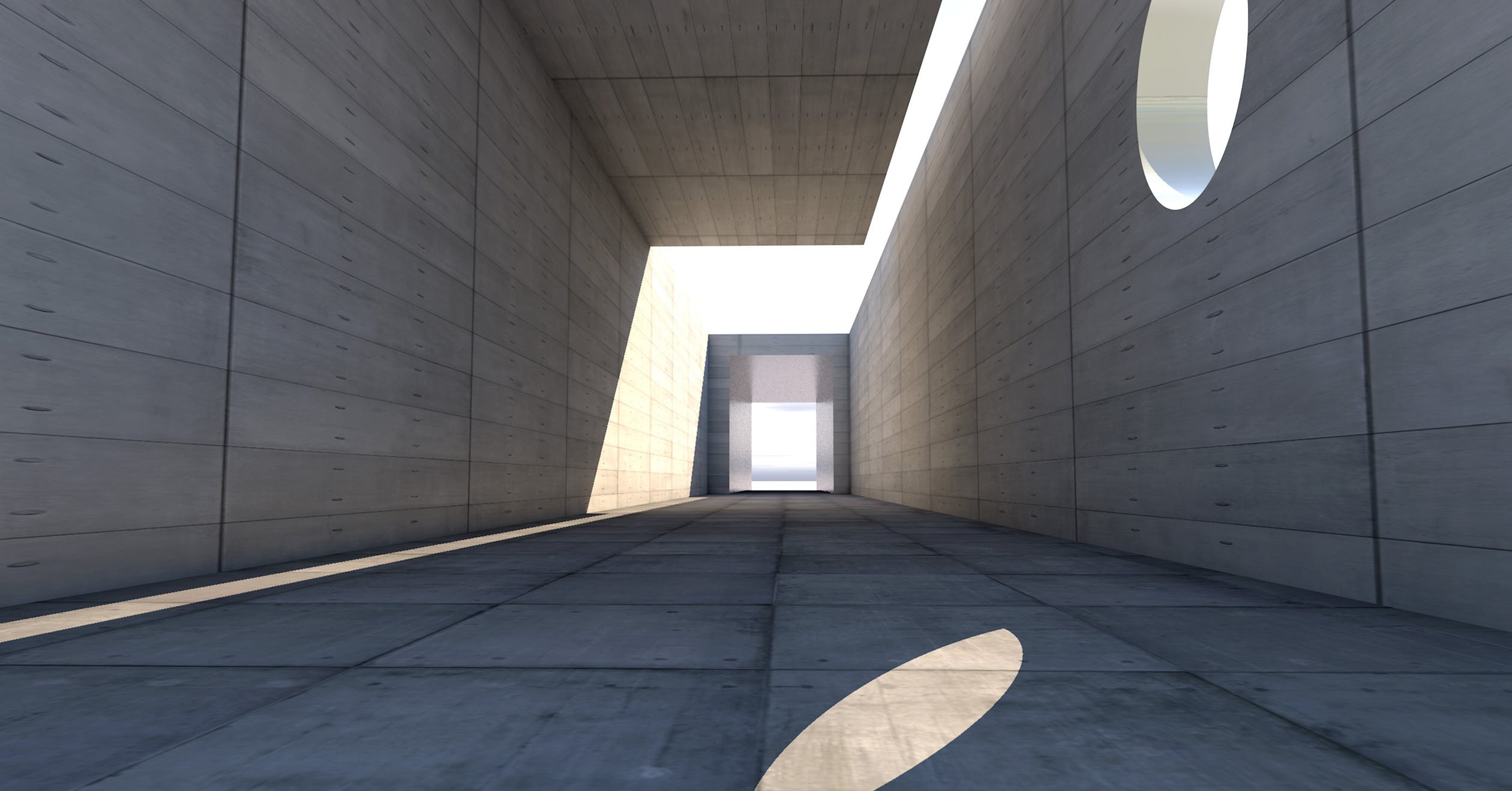Like other types of flooring, concrete flooring also has a variety of benefits and drawbacks. In this case, it is essential to understand both the pros and the cons before installing this particular type of floor. Looking for detailed home improvement guide? The Tooly can be the best solution for you. James Stuart, the author of thetooly.com, have vast knowledge with experience in this sector
Pros of concrete floors
They require low maintenance
Properly installed concrete floors keep off any dirt, stains, spills and hard impacts which may require concrete repair. In this case, they are easy to care for since they only require a little sweeping and mopping that will be effective in keeping the floor clean and looking new.
They have beautiful design options to make a fashion statement
With concrete, you can achieve various types of flooring depending on your tastes and preferences. When installing this type of floor, they can be given a finishing touch to give the floor a luxurious look. To beautify the design of your floor, the concrete can be:
- Mixed with dyes when wet to produce a variety of earthy colors
- Surface-treated with acid stains, paints and concrete stains to give plain concrete an amazing finishing touch
- Stamped with rubber stencils to add texture to the floor
- Beautified with dyes and coloring agents to look like ceramic tiles
You can have your concrete floor heated
Upon installation of a concrete floor or polishing a slab, you have an option of adding radiant heat on your floor to get it heated during the cold season. This is achieved embedding hot water tubes or electric cables in the concrete floor to generate warmth and give your floor a comfortable feel.
Concrete is highly durable
Because of its feature of being incredibly hard and strong, concrete is highly durable. It can withstand forceful impacts and is strong enough to resist any dent or scratch. Concrete floors are also tough and resilient and can, therefore, withstand the pressure generated from heave load and equipment.
Cons of using concrete floors
They can be environmentally unfriendly
In a case where you are using a concrete slab that already exists on your floor surface, the manufacture of concrete can be a huge load on your shoulder because of its negative ecological impact. The presence of cement in the already existing surface requires a lot of carbon dioxide and energy to install a new surface.
Concrete floors are susceptible to moisture
This only happens if the concrete floor has not been sealed properly at the top and bottom surfaces upon installation. In some cases, moisture or liquid may penetrate and find its way to the bottom surface of the floor or sit on the top surface, leading to the growth of mildew or mold.
The hardness of a concrete floor can lead to discomfort
The strength of a concrete floor can also be a problem in some cases. For instance, if you trip and fall on this type of surface, you are likely to get hurt. Also, items that are susceptible to cracking or breaking cannot escape damage when dropped on this kind of flooring.
Another drawback is that you cannot stand on this type of floor for a long time because of its hardness.
















